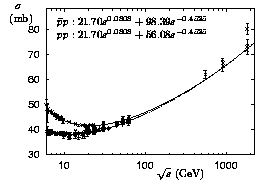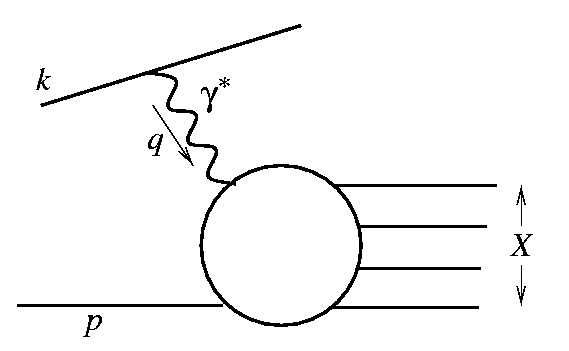

This book describes the underlying ideas and modern developments of Regge theory. It confronts the theory with a huge variety of experimental data and compares and contrasts it with quantum chromodynamics. The book covers forty years of research and provides a unique insight into the theory and its phenomenological development. It provides comprehensive coverage of the the various different theoretical approaches and considers the key issues for future theory and experiment.
The authors review experiments that suggest the existence of a soft pomeron, and give a detailed description of attempts to describe this through nonperturbative quantum chromodynamics. They suggest that a second, hard pomeron is responsible for the dramatic rise in energy observed in deep inelastic lepton-nucleon scattering. The two-pomeron hypothesis is applied to a variety of interactions and is compared with perturbative quantum chromodynamics, as well as with the dipole approach.
This book will be a valuable reference for theoretical and experimental particle physicists all over the world. It is also suitable as a textbook for graduate courses in particle physics, high-energy scattering, QCD and the standard model.
Our email addresses:
The book was published by Cambridge University Press on 14 November 2002. Click here for a list of the contents of the book.


The figures in the book are printed with better resolution than this!
We retain the copyright of the figures in our book, but are happy for them to be used freely provided the following acknowledgment is made:
``reproduced with permission from Pomeron Physics and QCD by Sandy Donnachie, Guenter Dosch, Peter Landshoff and Otto Nachtmann (Cambridge University Press, 2002)''
Reference should also be made to any data sources recorded in the corresponding figure captions. These data sources are listed in the list of references.
Chapter 1 Chapter 2 Chapter 3 Chapter 4 Chapter 5 Chapter 6 Chapter 7 Chapter 8 Chapter 9